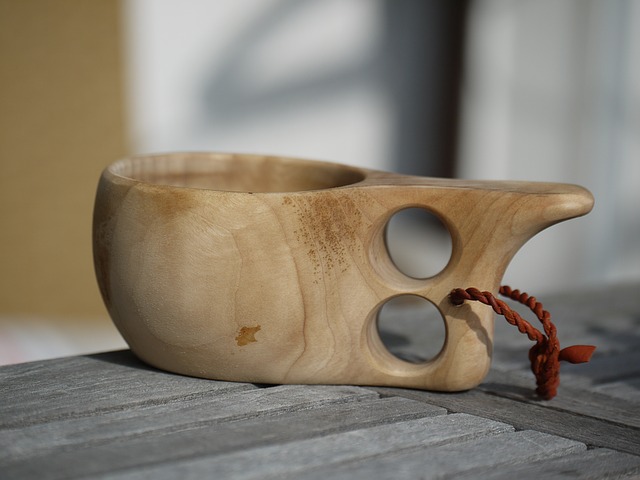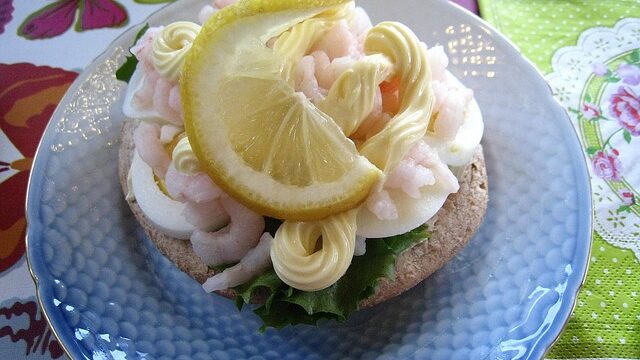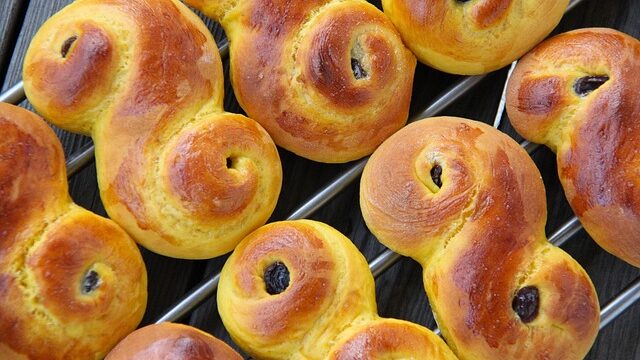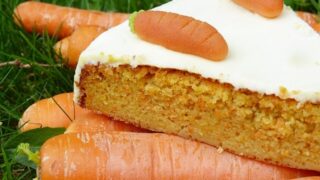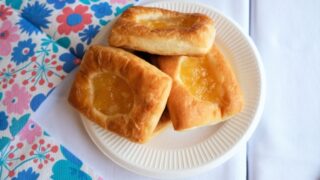Kuksa is a Nordic country cup that can be used as a stylish interior decoration, an outdoor item, or as a gift.
The unique texture and warmth of wood, which is not found in glass cups, are also appealing.
Kuksa is said to have originated as a craft made by the Sámi, an ethnic minority in Nordic countries.
In this article, I would like to introduce Kuksa, a traditional wooden cup that was introduced by the Sámi people.
Wooden cups made from birch wood
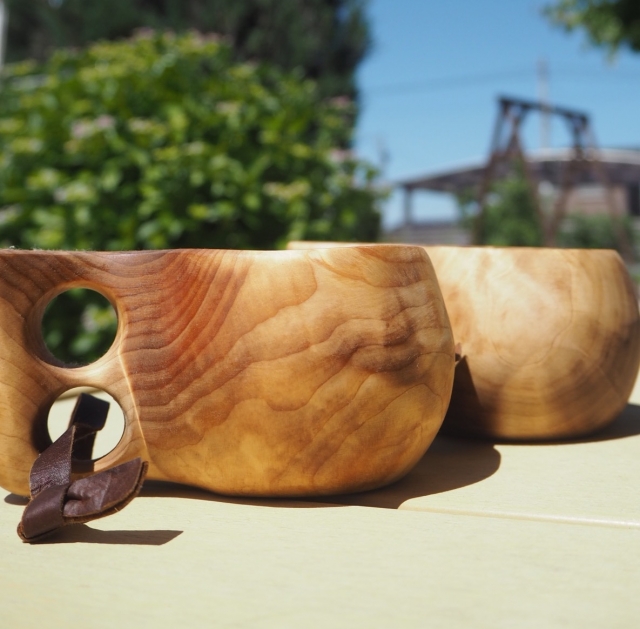
Have you ever heard of a wooden cup called Kuksa, which is characterized by the warm color and texture of its wood grain?
Kuksa is made from the burls of the birch tree, which grows mainly in cold regions such as northern Europe.
The burls on the tree are also called bahaka, and Kuksa is made by carving the burls into the shape of a cup.
Kuksa originated from cups used by the Sámi(Sami), an ethnic minority living in the Lapland region in northern Nordic countries.
In Finland, there is an old saying that a person who receives a Kuksa as a gift will be happy.
Even today, it is customary to give Kuksa as a wedding or birthday gift as an item of happiness.
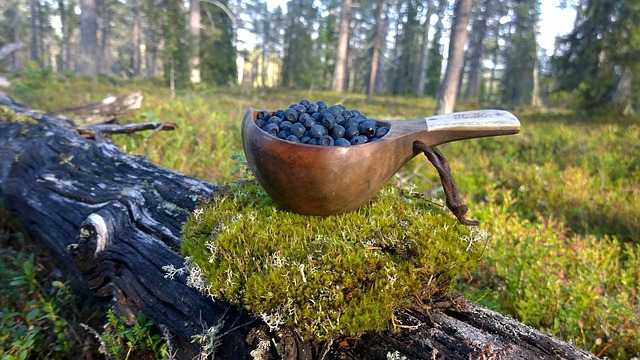
Kuksa is often used for camping and other outdoor activities because of its texture, lightweight, and durability.
For example, it would be nice to drink coffee brewed over a campfire in a Kuksa instead of the usual iron cup.
You will feel as if you have merged with nature.
Sámi ethnic minority in Lapland
Kuksa cups were originally made by the Sámi an ethnic minority living in Lapland, an area further north in Nordic countries.
Lapland is a region in the northern part of the country that stretches across four countries: Sweden, Norway, Finland, and Russia.
There are no clearly defined borders, such as specific countries or states.
In general, the Lapland region is defined as north of the Arctic Circle Limit Line.
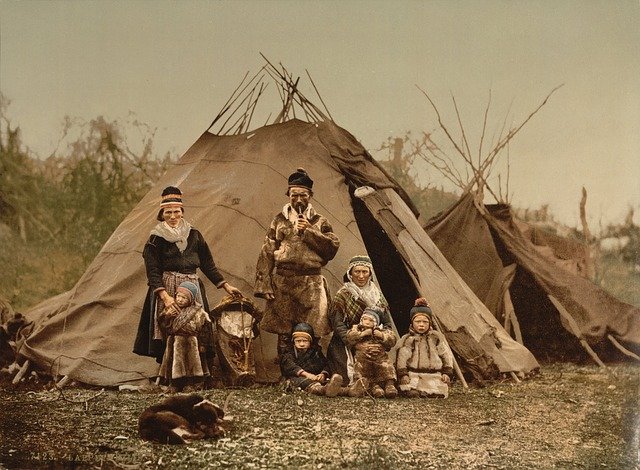
The Sámi have been living nomadically with reindeer in the arctic Lapland for about 5,000 years.
Today, there are approximately 40,000 Sámi living in Lapland.
Most of them live a sedentary lifestyle, just like us.
Some of the Sámi still live nomadic lifestyles and maintain their traditional way of life.
You can read more about the Sámi in this article.
https://hokuou-info.com/2021/09/24/sami/How to make Kuksa
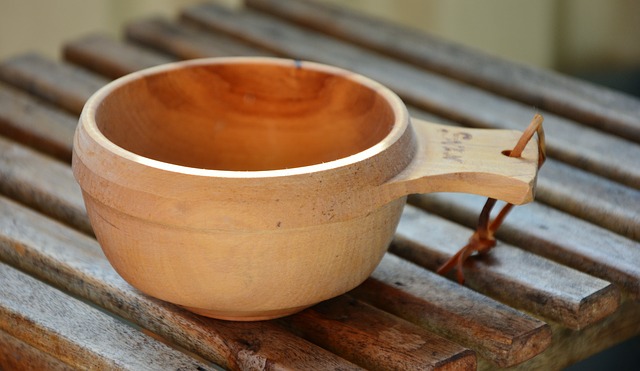
Kuksa is made from burls that form on birch trees.
Birch trees secrete sap to cover the epidermis and wounds in order to protect the tree from the cold.
When they enlarge, they become burls, the raw material for Kuksa.
Burls are not frequently collected and are quite valuable. It is said that it takes about 30 years for a burl to produce Kuksa.
After the burl is separated from the tree, it is stored in an environment of minus 2 to 3 degrees Celsius for 3 to 5 months.
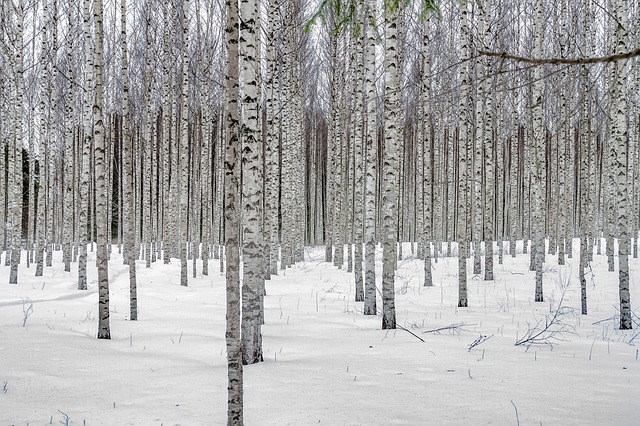
After burls are cut into blocks, they are frozen at -20 degrees Celsius for 24 hours.
After freezing, the wood is boiled in highly concentrated salt water for 24 hours to tighten and strengthen it.
This allows the salt water to penetrate the crevices of the wood, creating a strong material.
After a week of drying, the wood is carved by hand into the final cup shape.
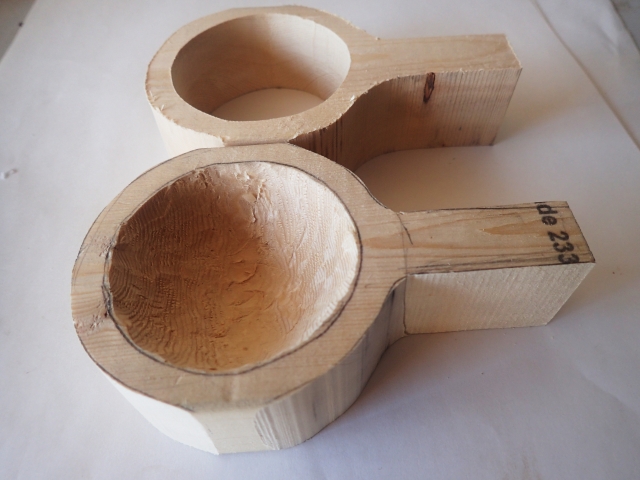
Home maintenance is an essential technique for prolonging the life of your Kuksa.
To protect the surface of the Kuksa from drying out and moisture, it should be regularly coated with oil.
As for the oil to be used, olive oil, beeswax, or any other oil available in supermarkets will do the job.
Wipe the surface lightly with a cloth soaked in a small amount of oil and let it dry for a while.
Incidentally, the traditional method of maintenance in the past was to use oil made from crushed walnuts.
Conclusion
Kuksa can be used for years if properly cared for.
Please consider purchasing Kuksa when you see it in the store.
